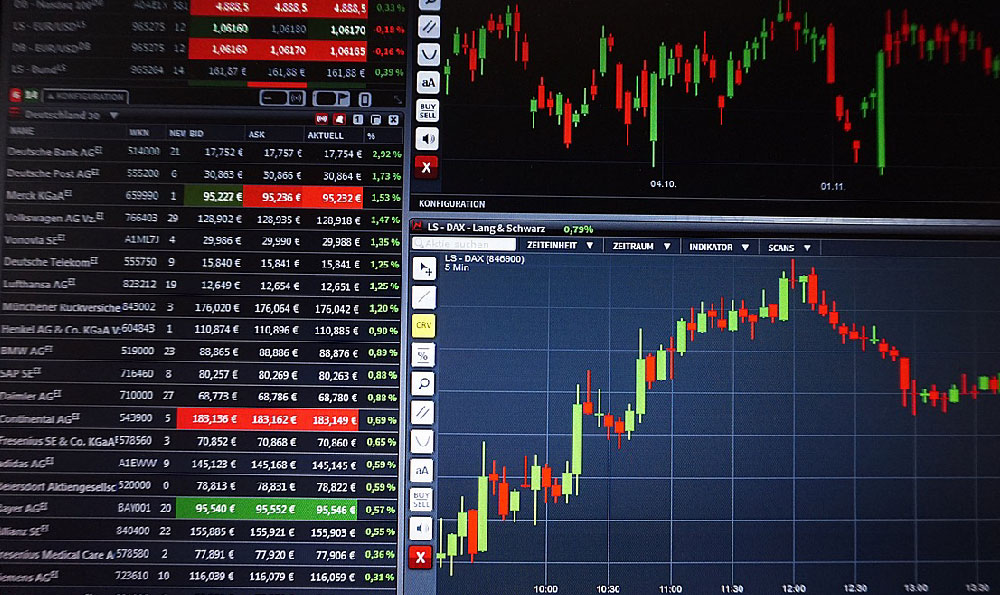
Minecraft, the ubiquitous block-building game that has captivated generations, isn't just a playground for creativity; it's a financial powerhouse. Pinpointing the exact, real-time revenue figure for Minecraft is a complex task, primarily because its earnings flow from multiple streams and are shielded within the larger financial reports of Microsoft, the game's parent company. However, we can paint a comprehensive picture by dissecting these revenue channels and analyzing available data to estimate the monumental success of this digital behemoth.
One of the most significant and consistent sources of revenue for Minecraft is, naturally, game sales. Minecraft exists across a multitude of platforms: PC (Java Edition and Bedrock Edition), consoles (PlayStation, Xbox, Nintendo Switch), mobile devices (iOS and Android), and even older platforms like PlayStation Vita. Each copy sold generates revenue, and with over 300 million copies sold worldwide as of late 2023, Minecraft holds the coveted title of the best-selling video game of all time. This staggering sales figure alone provides a solid foundation for understanding the game's financial prowess. While the precise per-unit revenue varies depending on the platform and region (discounts and regional pricing policies affect the actual profit margin), it's safe to assume that the cumulative revenue from game sales constitutes a substantial portion of Minecraft's overall earnings. Microsoft rarely releases specific sales figures for each platform, but given the game’s continued popularity and accessibility across diverse devices, it’s evident that game sales remain a consistent and significant income stream.
Beyond the initial purchase, Minecraft leverages a robust and thriving marketplace. This marketplace is particularly prominent in the Bedrock Edition, which is the version available on consoles, mobile devices, and the Windows Store. Here, players can purchase a wide array of virtual items, including skins, texture packs, world templates, and adventure maps. These user-generated content packages, often created by independent developers within the Minecraft community, provide a continuous stream of revenue. Microsoft takes a commission on each sale, effectively monetizing the creativity and ingenuity of its player base. The Minecraft Marketplace represents a brilliant strategy for sustained revenue generation because it constantly offers fresh content, catering to diverse player preferences and extending the game's lifespan indefinitely. It fosters a symbiotic relationship: developers gain exposure and income, while players gain access to new and exciting experiences, all contributing to Microsoft's bottom line. While the exact commission rates and revenue split between Microsoft and content creators are not publicly disclosed, industry experts estimate that the marketplace contributes a significant percentage to Minecraft's overall yearly income. The continuous influx of new content and the ease of purchase further incentivize players to engage with the marketplace regularly.

Another significant, albeit less directly visible, revenue stream comes from Minecraft: Education Edition. This version of the game is designed for classroom use and aims to engage students in learning various subjects, from coding and mathematics to history and science. Schools and educational institutions purchase licenses for Minecraft: Education Edition, providing Microsoft with a steady stream of recurring revenue. While the revenue generated from the Education Edition might not match the sheer volume of revenue from standard game sales or the marketplace, it represents a stable and predictable source of income. More importantly, it strategically positions Minecraft as a valuable educational tool, further solidifying its long-term relevance and appeal. The Education Edition also provides opportunities for teachers to implement Minecraft into their lessons, which ensures that younger generations are constantly being exposed to and familiarized with the game, setting the stage for continued consumer engagement in the future.
Minecraft Realms, subscription-based servers that allow players to create and manage their own private Minecraft worlds, also contribute to the game's recurring revenue stream. These Realms offer a convenient way for players to collaborate and build together in a controlled environment, without the complexities of setting up and maintaining a dedicated server. Subscriptions are typically charged on a monthly or annual basis, providing a consistent and predictable flow of income for Microsoft. Realms are particularly popular among families and groups of friends who want to enjoy Minecraft together without dealing with the potential disruptions of public servers. The ease of use and accessibility of Realms make it an attractive option for a wide range of players, further contributing to its sustained success.
Merchandise sales, including toys, clothing, books, and other related products, also contribute indirectly to Minecraft's financial success. While Microsoft might not directly manage all of these merchandise sales, they typically license the Minecraft brand to various manufacturers and retailers, earning royalties on each sale. The ubiquity of Minecraft-themed merchandise is a testament to the game's immense popularity and cultural impact. These ancillary revenue streams, though often overlooked, further solidify Minecraft's position as a significant contributor to Microsoft's overall revenue.
Finally, it's important to consider the indirect benefits Minecraft brings to Microsoft's ecosystem. The game attracts and retains a vast user base, many of whom are also users of other Microsoft products and services. This increased engagement with the Microsoft ecosystem can lead to increased adoption of other Microsoft products, such as Xbox Game Pass and Azure cloud services. While it's difficult to quantify these indirect benefits, they undoubtedly contribute to Minecraft's overall value to Microsoft. The integration of Minecraft with other Microsoft platforms and services further strengthens the game's position within the larger Microsoft ecosystem, ensuring its long-term viability and appeal.
In conclusion, while precise revenue figures are not publicly available, the combination of robust game sales, a thriving marketplace, the Education Edition, Realms subscriptions, merchandise sales, and indirect ecosystem benefits all contribute to a substantial and consistently growing revenue stream for Minecraft. It is safe to estimate that Minecraft generates hundreds of millions, if not billions, of dollars annually for Microsoft, solidifying its position as one of the most financially successful and culturally significant video games in history. The game’s enduring popularity, coupled with Microsoft’s strategic management and continuous innovation, ensures that Minecraft will continue to be a financial powerhouse for years to come.




